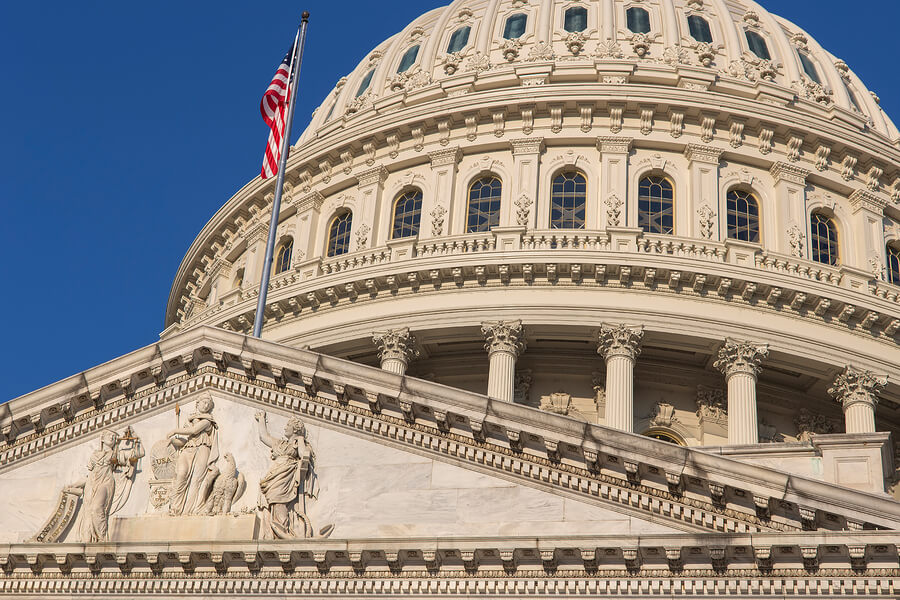The Paycheck Protection Flexibility Act was signed into law on June 5, 2020. The new legislation modifies the Coronavirus Aid, Relief, and Economic Security (CARES) Act.
Here are the details:
Extension of loan utilization period. Originally, the PPP required borrowers to spend their full loan within eight (8) weeks after the loan originated. This was called the “Covered Period.” The new law changes the Covered Period from eight (8) weeks to either twenty-four (24) weeks after the loan origination date or December 31, 2020, whichever one is earlier.
The borrower may spend the entire loan proceeds and request forgiveness before the end of the Covered period.
The goal is to help PPP borrowers to weather the crisis by giving them more time to use the PPP loan on forgivable expenses. These include payroll costs, rent, utilities and interest on real property and personal property debt. Restrictions to what the money can be used for have not changed.
Payroll cost spending requirement. The prior PPL required borrowers to spend at least 75% of their loan proceeds on payroll costs, but the new act changes that requirement to 60%. However, all borrowers must hit this percentage if they are to qualify to have the loan forgiven. Any borrower that does not meet the 60% amount cannot have the loan forgiven and will need to pay it back.
Forgiveness reduction based on full time employees. PPL loans are subject to a reduction calculated by multiplying the forgivable loan amount by a fraction. The numerator of the fraction is the average number of full-time equivalent employees (FTEs) during the Covered Period. The borrower decides which of two denominators works best: the average number of FTEs between February 15, 2019 and June 30, 2019, or the average number of FTEs between January 1, 2020, and February 29, 2020.
The new law lets the borrower include any employees terminated between February 15, 2020 and April 26, 2020 who are rehired before June 2020 in the numerator to ensure maximum loan forgiveness. The PPP Flexibility Act extends the rehire provision deadline date to December 31, 2020.
If the PPP borrower meets required conditions, the forgiveness reduction test is eliminated if the borrower is:
1 – Unable to rehire a terminated employee who was an employee of the borrower by February 15, 2020,
2 – Able to demonstrate an inability to hire a similarly qualified employee to replace the terminated employee,
3 – Able to demonstrate an inability to return to the same level of business activity commensurate with the activity level as of February 15, 2020.
Eliminating the FTE reduction test helped business owners unable to return to full operation because of the coronavirus crisis, but the borrower must still expend at least 60% of the loan on payroll cost, or risk having to pay the loan back.
Payroll tax deferral. The CARES act allows businesses to defer the employer portion of their Social Security payroll tax obligations for 2020 — one half is due on December 31, 2021 and the second half is due by December 31, 2022. But the CARES act provided that any business receiving PPP loan forgiveness was not eligible to defer Social Security payroll tax obligations. The Treasury Department recently issued guidelines that allow PPP borrowers to defer their Social Security payroll taxes until their forgiveness status was determined.
The new Flexibility Act lets PPP borrowers defer their 2020 Social Security payroll taxes regardless of whether some, part, or all of their PPP loan is forgiven. The employer’s share of the Social Security payroll tax is not treated as a forgivable payroll expense.
Some of the new aspects of the Flexibility Act will be welcome, but the 60% payroll tax requirement remains a challenge for many. If business does not return and permit the borrower to ramp back up before the end of the Covered Period, the loan will not be forgiven, adding another burden to strained businesses.

